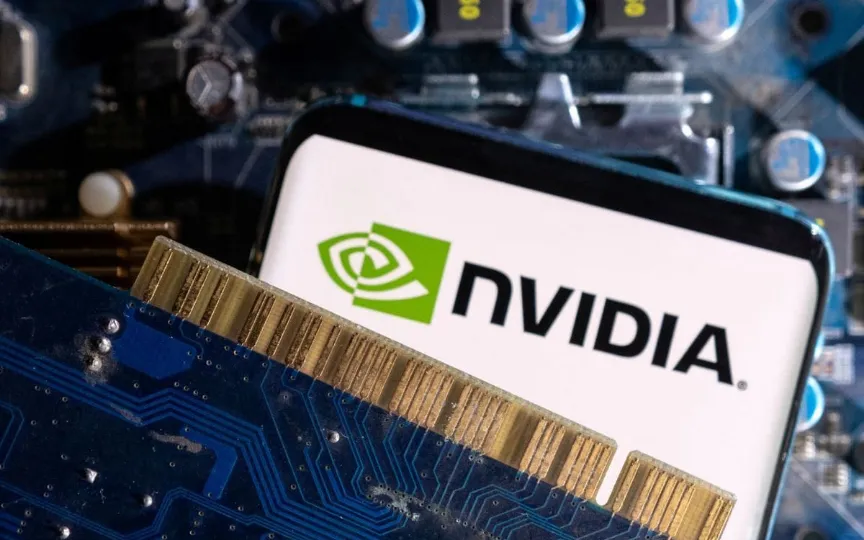Nvidia Invests Heavily in AI, Plans to Repurchase $25B of Its Shares
Nvidia CEO Jensen Huang said he expects the AI boom to last well into next year and made the biggest single bet in the tech industry to date to support his optimism.
The company’s sales forecast on Wednesday exceeded Wall Street’s expectations and it said it would buy back another $25 billion of its stock. Most companies make this move when their management believes the company is undervalued. However, Nvidia’s share price has more than tripled this year and was set to hit an all-time high after Wednesday’s results.
Nvidia announced plans to increase production of its hardware next year, dispelling doubts among some analysts about how long the AI craze could last. The company has a near-monopoly on the computing systems used to power services such as ChatGPT, OpenAI’s successful AI chatbot.
“We have excellent visibility throughout the year and next year, and we are already planning next-generation infrastructure with leading (cloud computing companies) and data center builders,” Huang told investors on a conference call.
In an interview with Reuters, Huang said two things are driving demand: a shift from traditional data centers built around CPUs to data centers built around Nvidia’s powerful chips, and the increasing use of content generated by artificial intelligence systems since legal contracts. marketing materials.
“Those two fundamental trends are behind everything we’re seeing, and we’re about a quarter of the way there,” he said. “It’s hard to say how many quarters we have ahead of us, but this fundamental change is not going to end. This is not a matter of one quarter.”
Huang’s decision to buy back shares when they are more expensive than ever outstrips even other big tech companies’ bets on AI, but its price-to-earnings ratio fell to about 43 out of 60 after analysts upgraded its technology. May results estimates.
Microsoft said its $10.7 billion in investments last quarter — much of which went into Nvidia hardware — is a number that will continue to grow. It has also invested $10 billion in OpenAI.
Meta Platforms, Amazon.com’s cloud computing unit AWS and others have also invested tens of billions of dollars collectively in AI-related devices and products.
Demand for chips has given Nvidia money for an investor’s payday. The company reported adjusted gross margins nearly doubled to 71.2 percent in the second quarter, when most semiconductor companies have a gross margin of 50-60 percent.
Summit Insights Group analyst Kinngai Chan said Nvidia’s $4.32 billion stock is “light.”
“We believe (Nvidia) will continue to beat the $16 billion guidance in the October quarter as demand continues to exceed supply,” Chan said, referring to the company’s third-quarter revenue outlook.
To be sure, some analysts do not see unlimited demand. Dylan Patel of SemiAnalysis said many tech companies are spending big on Nvidia’s graphics processing units (GPUs) this year before deciding how they will actually monetize the products built on those chips.
“They have to overinvest in GPUs or risk missing the boat. At some point, the real use cases will run away, and many of these players will stop investing, although others will likely continue to accelerate investment,” Patel said.
Huang declined to comment on whether the AI boom will last next year. He said Nvidia’s biggest risk is securing supplies.
The company said the biggest sales driver this quarter was its HGX system, which is an entire computer built around an Nvidia chip. This system is much more complex than just the chip itself, and any missing part can delay transmissions.
“We get good cooperation from our supply chain. And it’s a complicated supply chain,” Huang told Reuters. “People think it’s a GPU chip. But it is a very complex GPU system. That’s 70 kilos. It has 35,000 components. That’s $200,000.




